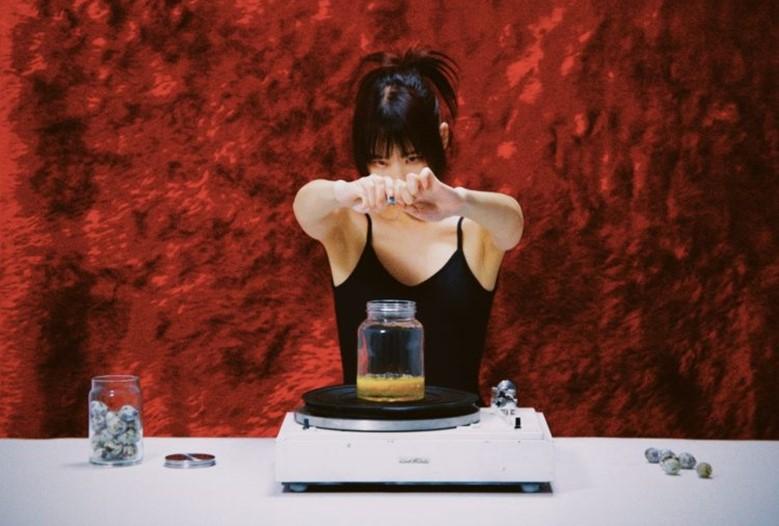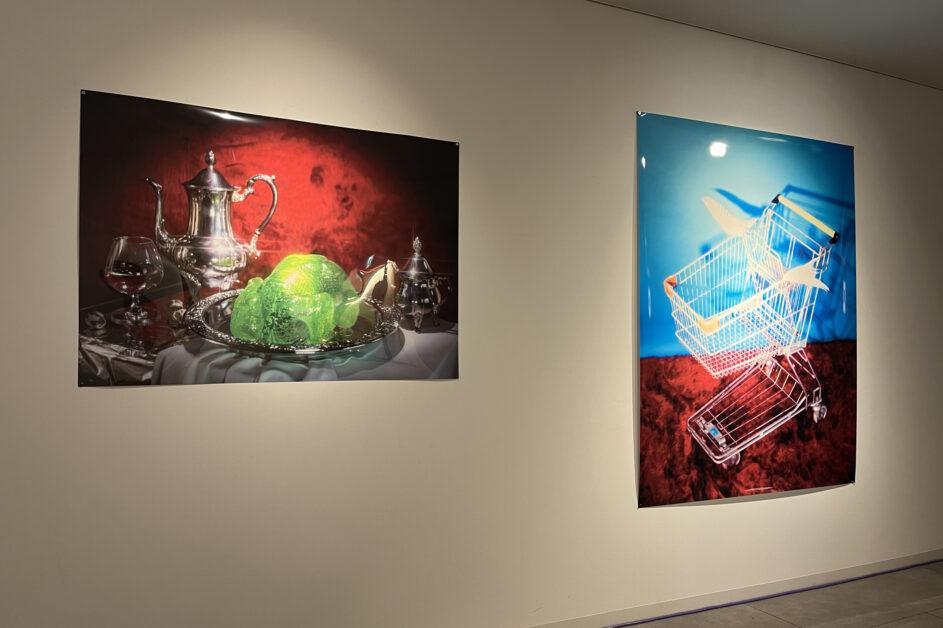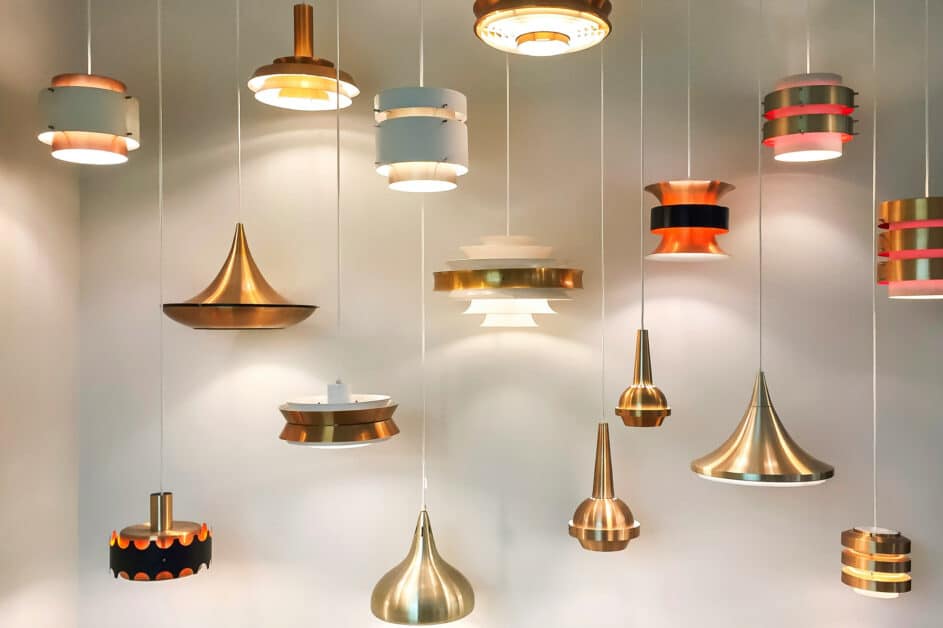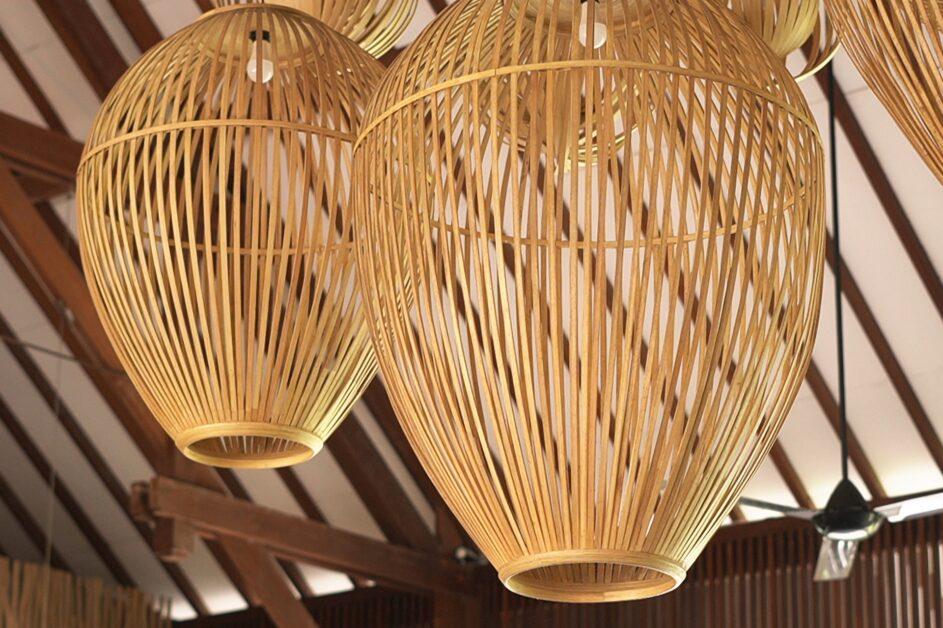Art Gallery Project: Tomomi Taoka Solo Exhibition “COODE ’24: FRUiTS JUICE DRINKS (+ OLD SPICES)”
GARDE Gallery in Omotesando, Tokyo, will host “COODE ’24: FRUiTS JUICE DRINKS (+ OLD SPICES),” a solo exhibition by artist Tomomi Taoka, who explores innovative ways of ‘coordinating’ paintings. The exhibition will run from Friday, October 18 to Saturday, November 2, 2024. We look forward to your visit.
Artworks will be available for purchase during the exhibition.
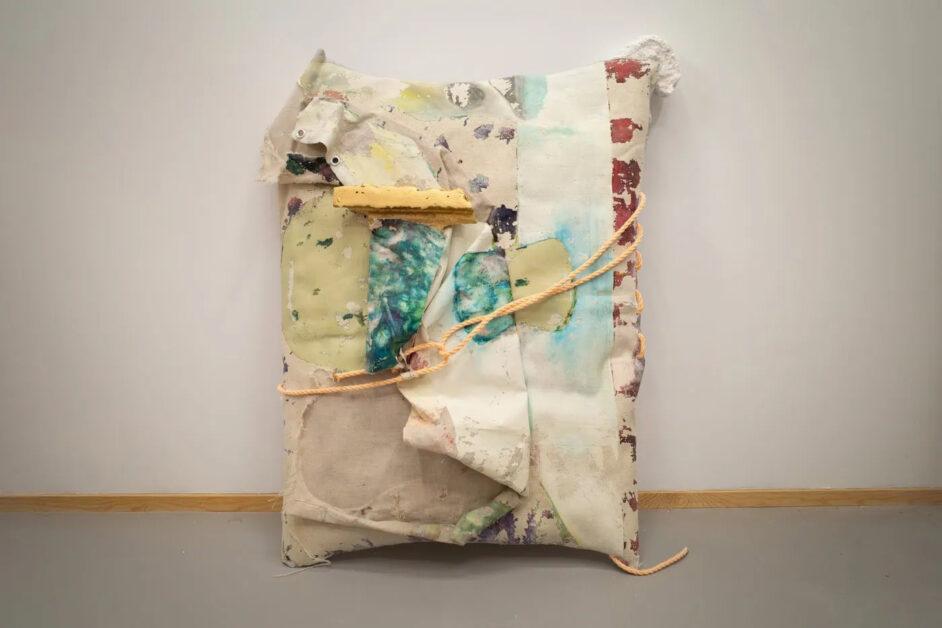
275,000 JPY
The “FRUiTS” in the title of this exhibition is inspired by the legendary street photography magazine FRUiTS, which captured the fashion of the youth who gathered in Harajuku. Taoka, influenced by street fashion that embraced vintage clothing as a counter-movement to luxury brand fashion, questions the conventional approach to art exhibitions and painting through her unique perspective.

220,000 JPY

385,000 JPY
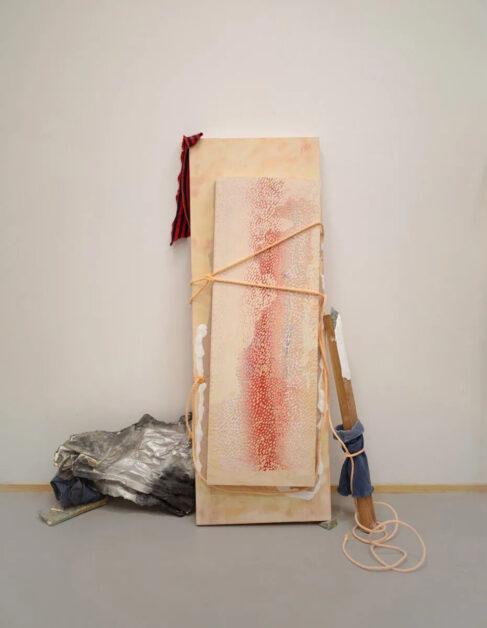
440,000 JPY
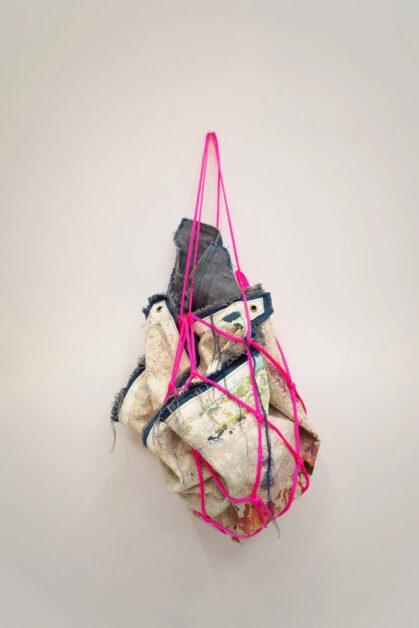
165,000 JPY
In the world of fashion, Taoka notes, “It’s not always about new things being better; sometimes value is found in items once considered worthless, or by skillfully combining the new with the old.” In the art world, there is often an expectation that only new works will be showcased at exhibitions, with older pieces rarely being revisited. However, for this exhibition, the artist has reimagined oil paintings she created as a student. Taoka believes that “by carefully coordinating them, past works—whether considered failed, old, or inexpensive—can be transformed into contemporary pieces of art.”
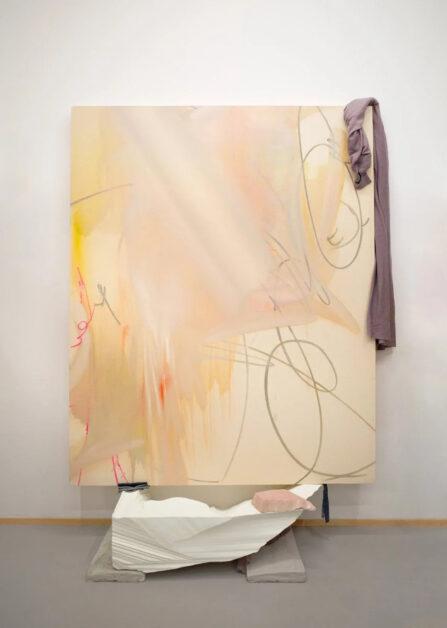
660,000 JPY

55,000 JPY

44,000 JPY
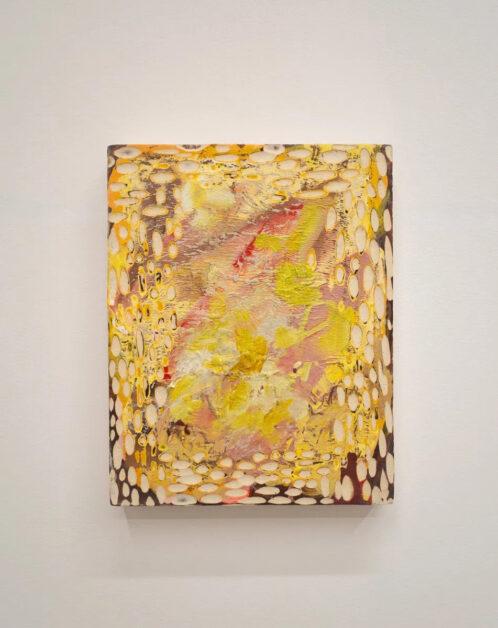
33,000 JPY
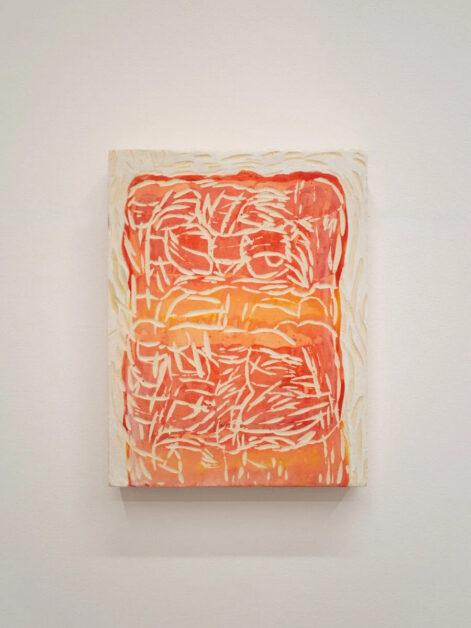
33,000 JPY
In this exhibition, Taoka incorporates various surrounding materials such as ropes, wooden boxes, and Styrofoam, often used as packing or support materials, treating them like “accessories” to her works. Since even the slightest shift in balance can completely alter the overall impression, Taoka explores the concept of what it means to be picturesque by “coordinating” these elements with her paintings.
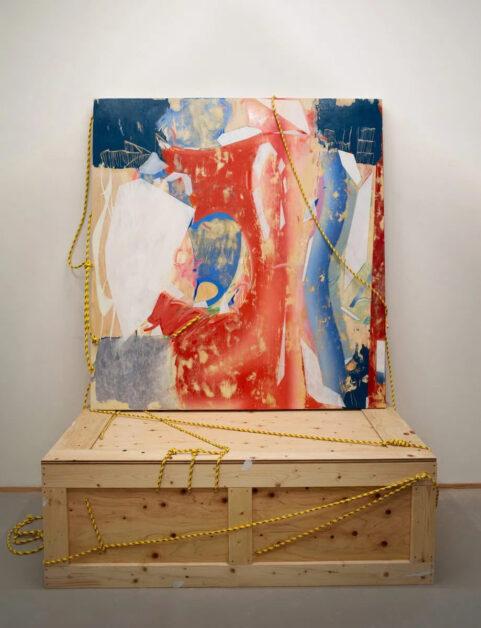
770,000 JPY
Sometimes, having only new or high-quality things can become tiresome. However, just as unexpected combinations can give rise to new aesthetics and trends, Taoka refreshes the mode of painting by “spicing it up” with elements considered old or inexpensive.
Tomomi Taoka
Born
1995, Chiba, Japan
Education
2019 Graduated from Musashino Art University, Faculty of Art and Design, Department of Oil Painting
2021 Graduated from Musashino Art University Graduate School of Art and Design, Department of Art, Oil Painting Course
Solo Exhibition
2020 “Zigusoopazurucoodineito” (Sukiwa, Tokyo)
Selected Group Exhibitions
2021 “ART AWARD TOKYO MARUNOUCHI 2021” (Marunouchi Oazo OO Square, Tokyo)
2021 “HOLBEIN ART FAIR 2021” (+ART GALLERY, Tokyo)
2021 “Born New Art” (+ART GALLERY, Tokyo)
2020 “Holbein Scholarship Results Exhibition” (Sato Museum of Art, Tokyo)
2019 “Available! Art Collector Exhibition” (MEDEL GALLERY SHU, Tokyo)
2019 “DorooinguDorouwingu” Noriko Kamikubo and Tomomi Taoka two-person exhibition (Art Center Ongoing, Tokyo)
2018 “WONDER SEEDS 2018” (Tokyo Art and Space Hongo)
Website.
https://tt0742tt.wixsite.com/taokatomomi
Tomomi Taoka Solo Exhibition “COODE ’24 : FRUiTS JUICE DRINKS (+ OLD SPICES)”
Dates: October 18 (Fri.) – November 2 (Sat.), 2024 (Closed on Sundays and holidays)
Hours: 11:00 – 18:00
Venue: GARDE Gallery (NBF ALLIANCE Building 4F, 5-2-1 Minami Aoyama, Minato-ku, Tokyo)
Admission: Free
URL: https://www.art-adf.jp/



